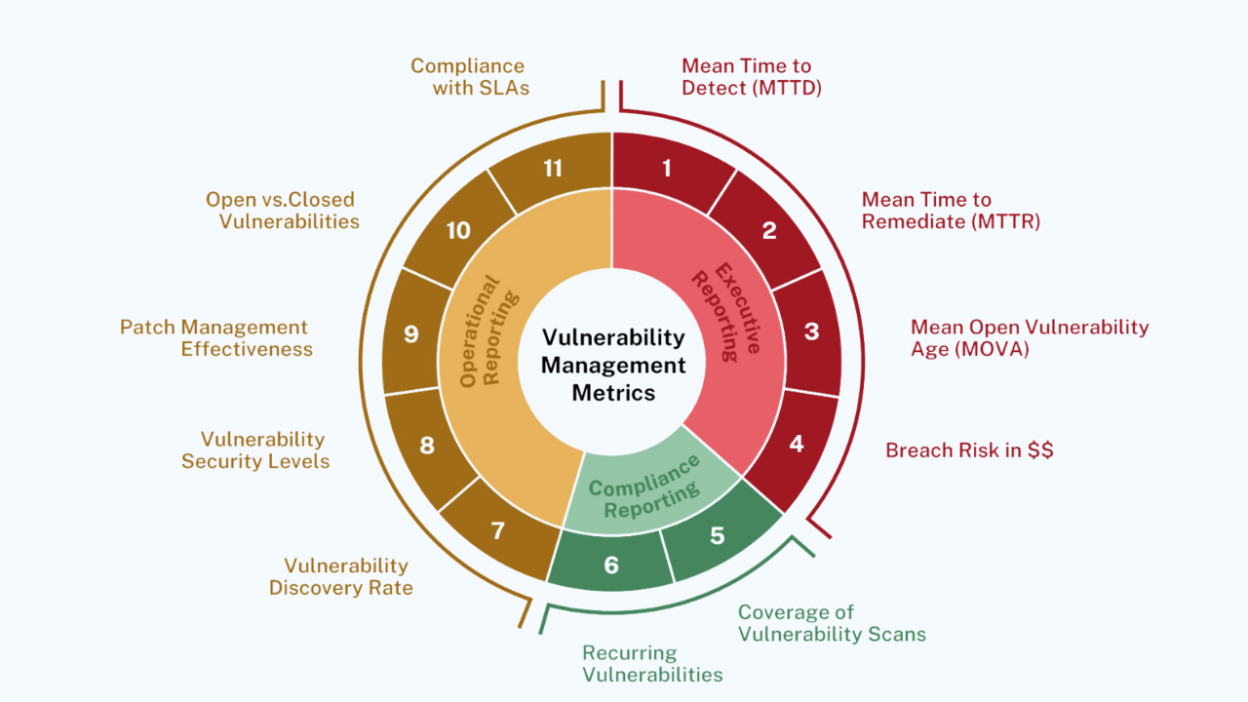We’ve all experienced that moment when someone shares something deeply personal, and suddenly, the atmosphere in the room changes. Barriers drop. Connection deepens. This isn’t just a feeling – there’s compelling science behind why structured vulnerability in groups creates profound bonds between people.
The Neurochemistry of Vulnerability
When we share vulnerably in a safe group setting, our brains release oxytocin – often called the “bonding hormone.” This same chemical floods our systems during childbirth, breastfeeding, and intimate connection.
Oxytocin reduces activity in the amygdala, our brain’s fear center, allowing us to feel safer with others. This creates a positive feedback loop: sharing vulnerability triggers oxytocin release, which makes us feel safer, which enables deeper vulnerability.
Researchers at the University of Zurich found that oxytocin specifically enhances our ability to recognize positive social cues from others. After vulnerability exchanges, we literally see each other more positively.
Structured Safety: The Key Difference
Not all vulnerability creates connection. Sharing too much too soon can overwhelm others and trigger withdrawal. This is where structured vulnerability circles make all the difference.
At BuildBonding, we’ve seen firsthand how intentional frameworks transform vulnerability from risky to revolutionary. When groups establish clear agreements about confidentiality, listening without judgment, and appropriate sharing levels, the magic happens.
The structure provides psychological safety – a term popularized by Harvard researcher Amy Edmondson. Her work demonstrates that teams with high psychological safety consistently outperform those without it, showing better collaboration, innovation, and emotional resilience.
The Reciprocity Effect in Vulnerability
Social psychologist Elliot Aronson discovered the “pratfall effect” – the surprising finding that witnessing someone’s vulnerability actually increases their likability. When we see someone show imperfection, they become more relatable.
This creates what researchers call “vulnerability reciprocity” in groups. One person’s authentic sharing gives others implicit permission to do the same. This cascade effect quickly deepens trust between all participants.
Vulnerability Versus Oversharing
There’s a crucial distinction between effective vulnerability and simple oversharing. True vulnerability in structured circles involves:
Intentionality about what’s shared and why Awareness of impact on others Connection to universal human experiences Appropriate boundaries
Psychologist Arthur Aron’s famous 36 Questions study demonstrated how guided vulnerability progressively builds intimacy. The questions gradually increase in depth, allowing trust to develop organically rather than forcing immediate deep disclosure.
Physical Changes in Group Connection
During effective vulnerability circles, fascinating physiological changes occur. Participants’ heart rates and breathing often synchronize – what scientists call “physiological coherence.”
Stanford researchers found that this synchronization correlates with stronger feelings of understanding and connection. Our bodies literally attune to each other during authentic sharing.
Long-Term Effects on Relationship Quality
Perhaps most remarkably, the effects of structured vulnerability exercises extend far beyond the immediate experience. Studies tracking relationship development show that groups who engage in structured vulnerability report stronger connections months and even years later.
The bonds formed through these experiences show remarkable resilience. Researchers theorize that shared vulnerability creates “emotional anchors” – powerful reference points that sustain connection through challenges.
Creating Effective Vulnerability Circles
The most effective vulnerability circles balance structure with authenticity. They establish clear agreements yet remain flexible enough for genuine expression. Skilled facilitation makes an enormous difference in creating this balance.
Effective circles often begin with lighter sharing before moving to deeper topics. This gradual progression builds trust incrementally rather than demanding immediate deep disclosure.
Beyond Theory to Practice
The research clearly shows that structured vulnerability builds stronger bonds – but the real magic happens when we experience it directly. The neuroscience explains what we intuitively feel: that being genuinely seen and accepted by others fulfills our deepest human needs.
As we navigate an increasingly disconnected world, vulnerability circles offer a powerful antidote to isolation. By creating intentional spaces for authentic sharing, we tap into ancient human wisdom about connection while leveraging modern understanding of our social brains.
The science confirms what the heart already knows – that in our vulnerability lies our greatest strength, and in sharing it mindfully with others, we create bonds that truly last.





